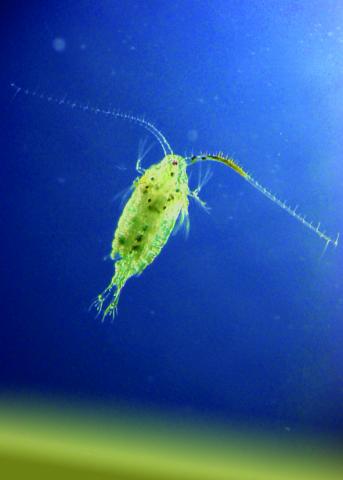FULL REVIEW PAPER
Image

What is already happening?
- Changes in plankton species and communities in the North Atlantic are equally driven by natural climate variability and anthropogenic ocean warming.
- Plankton species with warmer-water affinities (e.g. Calanus helgolandicus) have now moved northwards from the Celtic Sea to replace cold-water species (e.g. Calanus finmarchicus) in most of the seas around the UK.
- Over the last 50 years, total Calanus copepod biomass in the northern North Sea has declined by 70% due to regional warming, with consequences for other species.
CONFIDENCE LEVEL
MEDIUM
High evidence, medium agreement
Observational evidence is high, with changes in plankton the North Atlantic driven by natural climate variability and anthropogenic ocean warming.
What could happen in the future?
- Future warming is likely to continue to shift the geographical distribution of primary and secondary plankton production northwards. This may negatively affect ecosystem services such as oxygen production and ocean carbon storage within 20–50 years.
- Warming sea temperatures in the North-east Atlantic may further decrease mean plankton community body size, with consequences for fishes, and marine mammal and seabird populations.
- Ocean acidification has the potential to negatively affect calcifying organisms of the plankton community and the rate at which they sink and transport carbon to the seabed.
CONFIDENCE LEVEL
MEDIUM
Medium evidence, medium agreement
The ability of models to predict changes in the future are still quite low, with uncertainty about changes in primary production.
Key Challenges and Emerging Issues
- To better understand mechanistic links between climate warming, plankton, and fisheries (and other higher trophic levels such as seabirds) to develop a predictive capacity.
- To better understand risks and potential opportunities from new species colonisations, including new pathogens and Harmful Algal Blooms (HABs).
- To better understand the processes involved in the plankton drawdown of atmospheric CO2 (biological pump) and implications of climate change regarding its role in sequestering and storing carbon.
- To better understand the rate of genetic adaptation to climate change impacts.
- To better understand the risks caused by warming temperatures and acidification on native marine organisms.